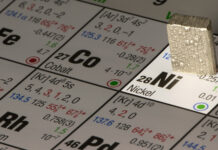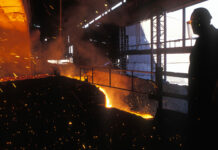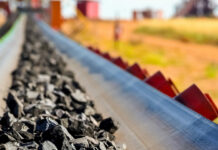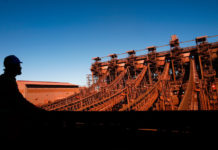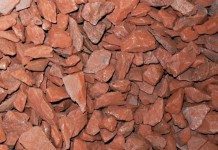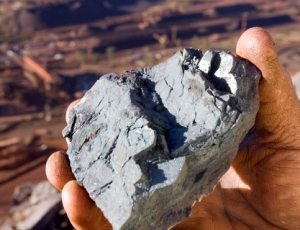
[miningmx.com] – ANGLO American may nudge production from its Minas Rio iron ore mine to 29 million tonnes/year by 2020 as it optimises its processes, but it was unlikely to embark on a second stage expansion, at least in the medium-term.
Paul Castellari, CEO of Anglo American’s iron ore business unit in Brazil, said today full production of 26.5 million tonnes/year was scheduled for Anglo’s 2016 financial year as the group focused on providing returns to shareholders. Output in 2015 would be 11 to 14 million tonnes.
“We have to look at the future because this is a great deposit, but we also feel there is a lot of iron ore in the market,” said Castellari addressing media during a site visit. “We have to do a lot before we get to expansion.
“The deposit is big enough – we could produce 90 million tonnes – and the port is large enough … but in the short- to medium-term, we need to ramp-up rates. We need to get the product well-known to customers. And look at price,” he said.
Castellari said that returning some cash back to shareholders at production of 26.5 million tonnes was the first priority.
In January, 2003, Anglo American wrote-down its investment in Minas Rio by $4bn, and set aside a further $600m in a capital cost overrun contingency – enough to send total capital expenditure to $8.8bn.
As it stands today, however, the project is stated to cost $8.4bn owing to cost savings, although this excludes Anglo’s initial acquisition cost of $6bn in 2007.
Sanford C Bernstein analyst, Paul Gait, was quoted by Bloomberg News last year as saying that Minas Rio could contribute $560m a year to Anglo’s earnings although that was based on an iron ore price of $80/t, roughly 40% more than the current price.
Nonetheless, the high quality nature of Minas Rios’ iron ore, and the fact that alot of the capital has been sunk has convinced Anglo CEO, Mark Cutifani, that the much of the heavy lifting had been completed. It was one of the reasons why he stepped back from the temptation to attract a partner to the asset.
Casterllari said Minas Rio would deliver iron ore to predominantly Asian customers at a cash cost FOB of between $33/t to $35/t.
Asked for a forecast on the mine’s free cash flow margin, Minas Rio’s outgoing CFO, Craig Miller, said the full production rate in 2016 was a key milestone.
Castellari added, however, that while fuel and therefore freight costs had fallen, and the real had weakened, he was ‘nervous’ about inflation in Brazil. “I am very nervous about that so that is a question mark,” he said. Inflation last year in Brazil was 7%.
Commenting on prospects for the iron ore market, Castellari said: “I don’t feel the market is going to pick up soon. But we are prepared for it.
“I don’t’ predict the market will turn back to what it was, but we need to hit costs and get quality and try to attract more premium [for the iron ore]”.







